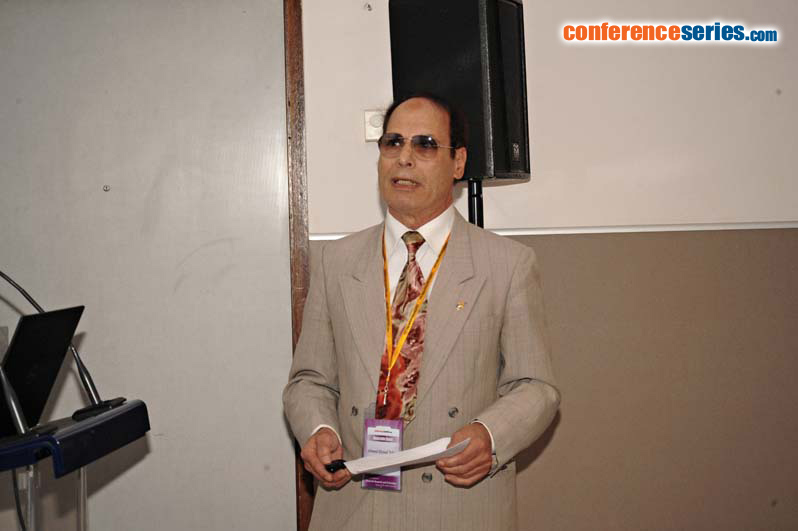
Ahmad Elsyed Tahan
Damietta University, Egypt
Title: The children’s school micro climate’s wear at different humidity conditions pressure
Biography
Biography: Ahmad Elsyed Tahan
Abstract
Clothing functions to protect children from hazardous substances in their environment. For thermal equilibrium of children in their environment, it is convenient for the parameters related to the ambiance (air and temperatures, air velocity and humidity) by which is concerning children (activity and clothing) to compensate their effects. In temperate climates this is possible, whereas in hot or cold climates constraints on lifestyle necessarily exist. The predominant heat path is through blood perfusion from core to skin, and through convection from skin to the environment. One of the important variables in vapor transport investigation is that it has not investigated physiologically by the skin vapor pressure or human microclimate pressure. It was found that most of textile fabrics have superior properties in moisture wicking ability, diffusely and evaporation ability. The physical properties of the fabric’s material and construction (structure and design) as well as the physical activities of the children body have been considered associated with the thermal properties of the fabrics. The four parameters of heat transfer such conduction, convection, radiation and vapor transfer diffusely through the garment have been considered. The fabric materials and construction comfort have been investigated by two compromised types of fabrics as such cotton and cotton blended polyester. The fabric investigated at three different phases as such dry moist and wet showed a very interested behavior. The present research showed that the pressure difference between the skin pressure through the micro climate and the pressure of the ambient condition at wet phase has reached up to 5 times the dry condition. In this aspect, a mathematical model has been developed to describe the dynamic heat and moisture transport behavior. Not only that but also it has shown regardless of type of fibers either synthetic or nature, comfortability depend upon thermal effective resistance volume as a large factor influenced wearing regardless to the ability of fibers to absorb water. However it is also based on the pressure difference between the human micro climate and ambient condition.


